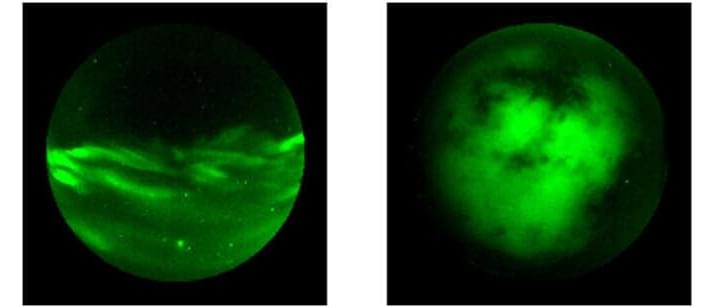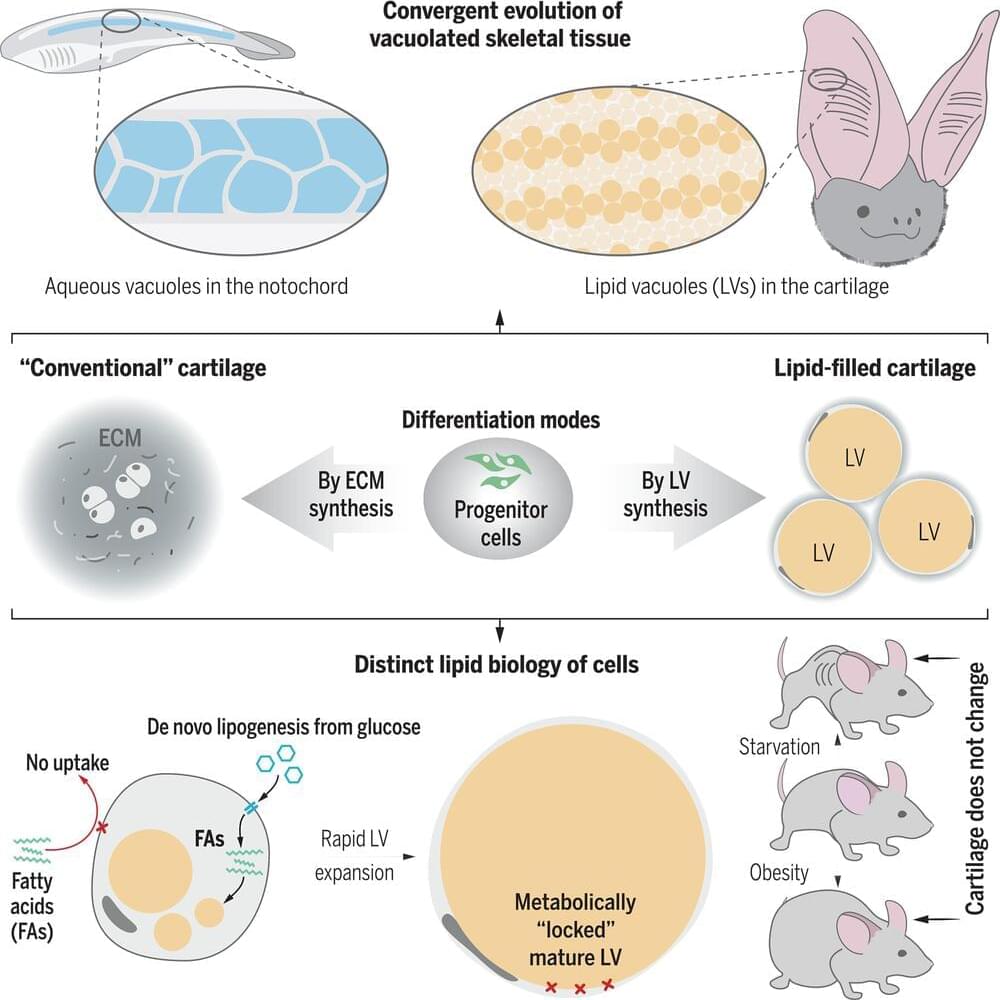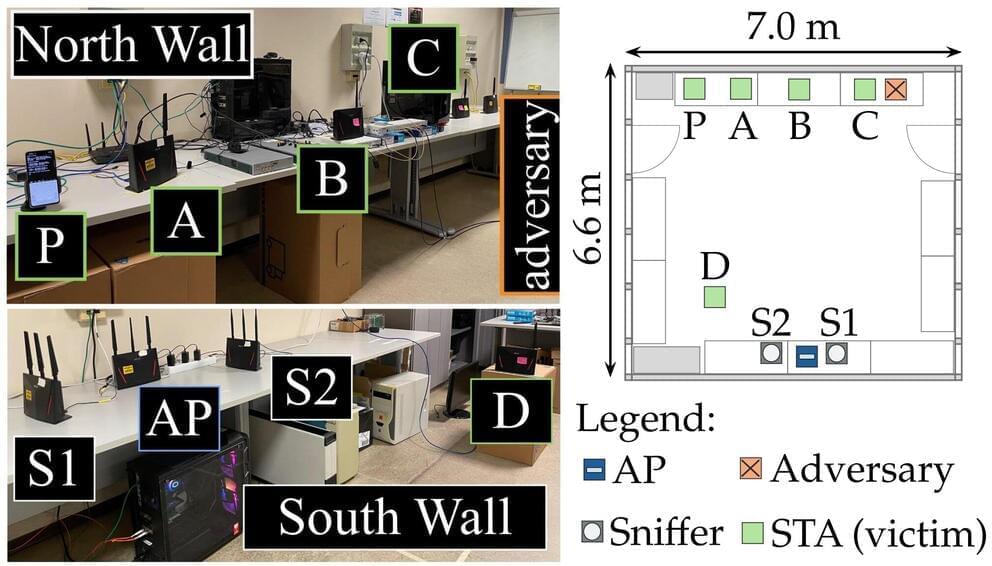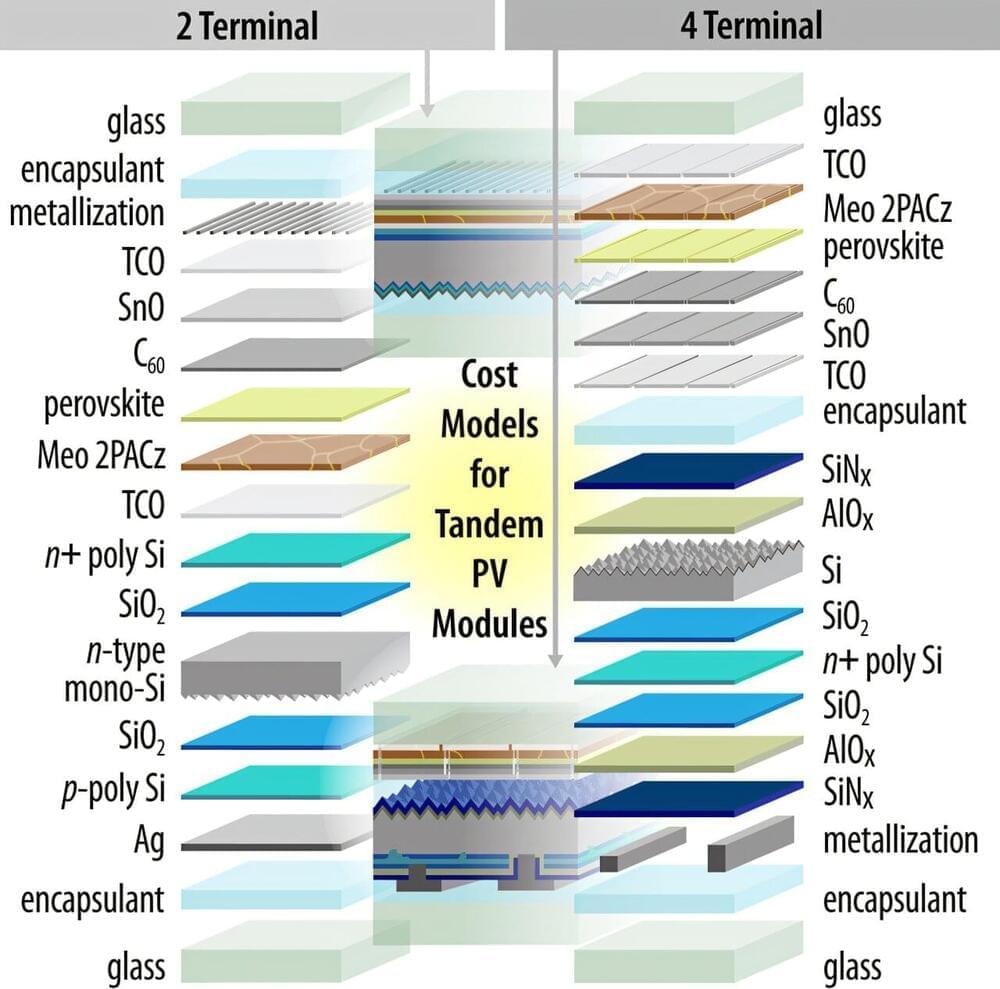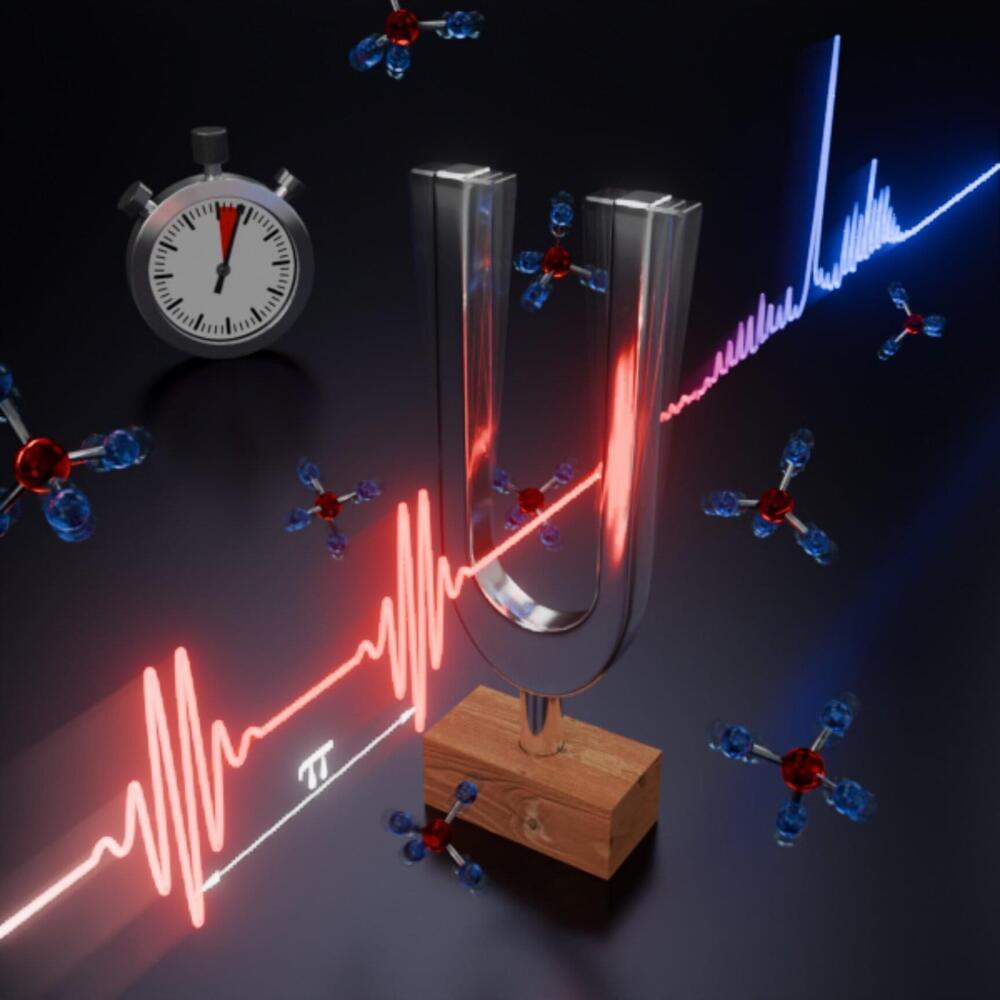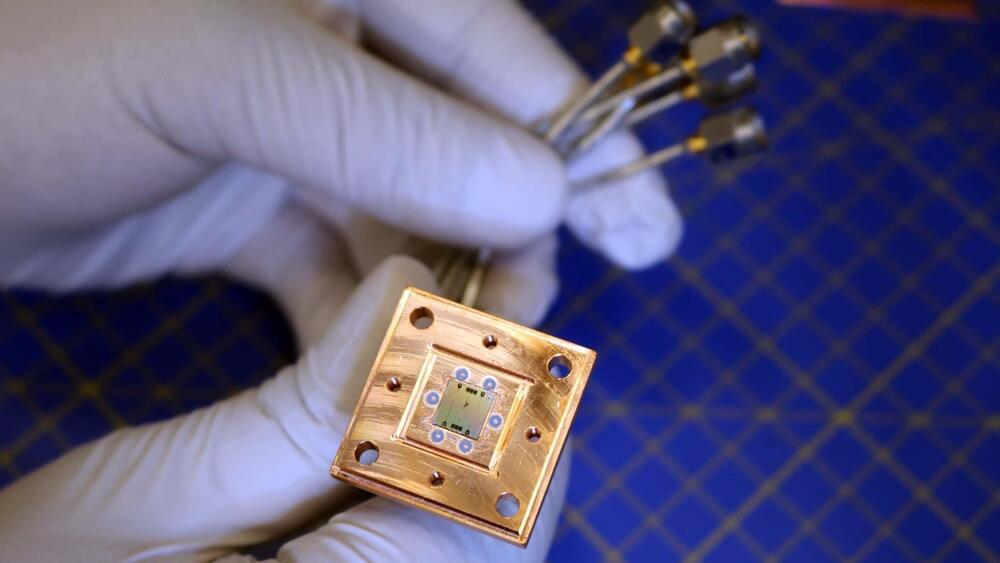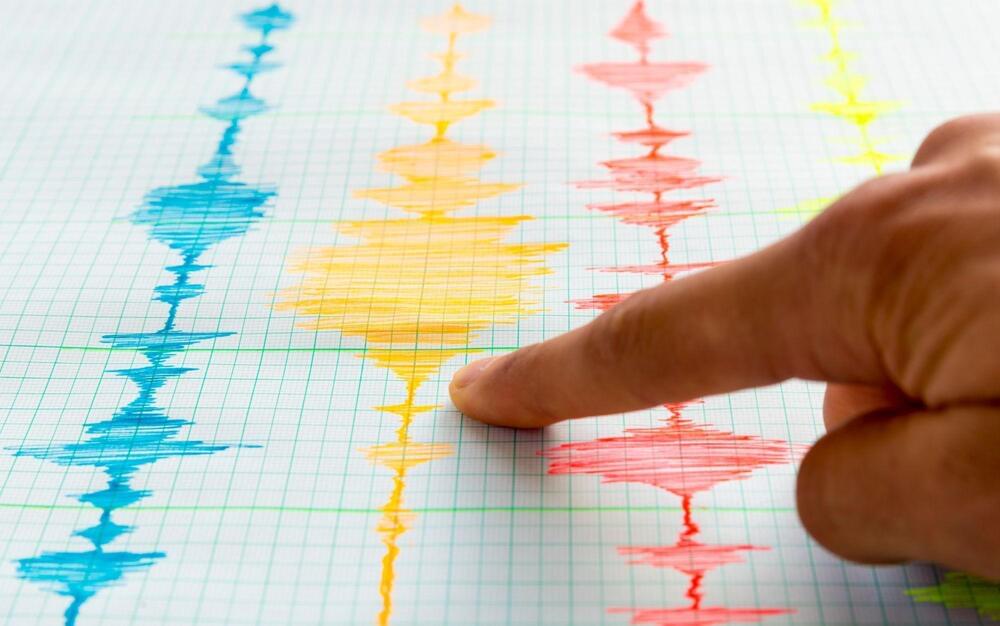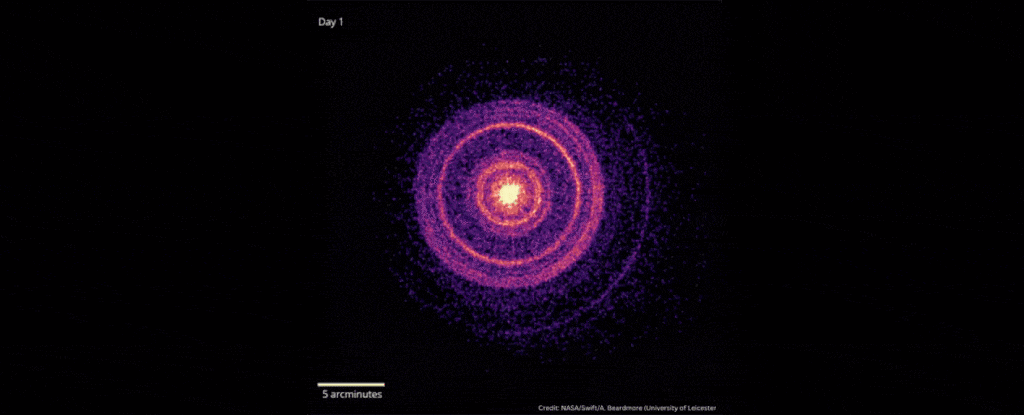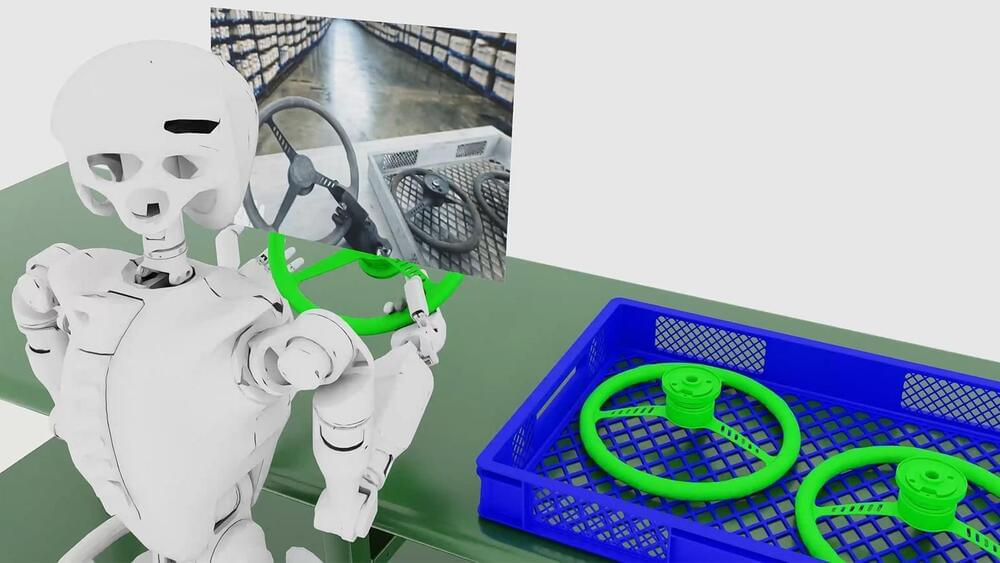Imagine this scenario: Two people cheat on their partners with each other and then leave their partners to be together. Should they trust each other, or “once a cheater, always a cheater”?
Intuition and past research suggest that whether people deem someone trustworthy depends on that person’s past behavior and reputation for betrayal. But now, new work from psychologists at UCLA and Oklahoma State University is helping to explain why people might nevertheless trust certain cheaters and other betrayers.
When we benefit from someone’s betrayal, we tend to still regard that person as inherently trustworthy, the psychologists reported in a study published in Evolution and Human Behavior. Their experiments found that although subjects tended to regard people who betrayed others as generally less trustworthy, when a person’s betrayal benefited the subject, that person was still thought to be worthy of trust.

